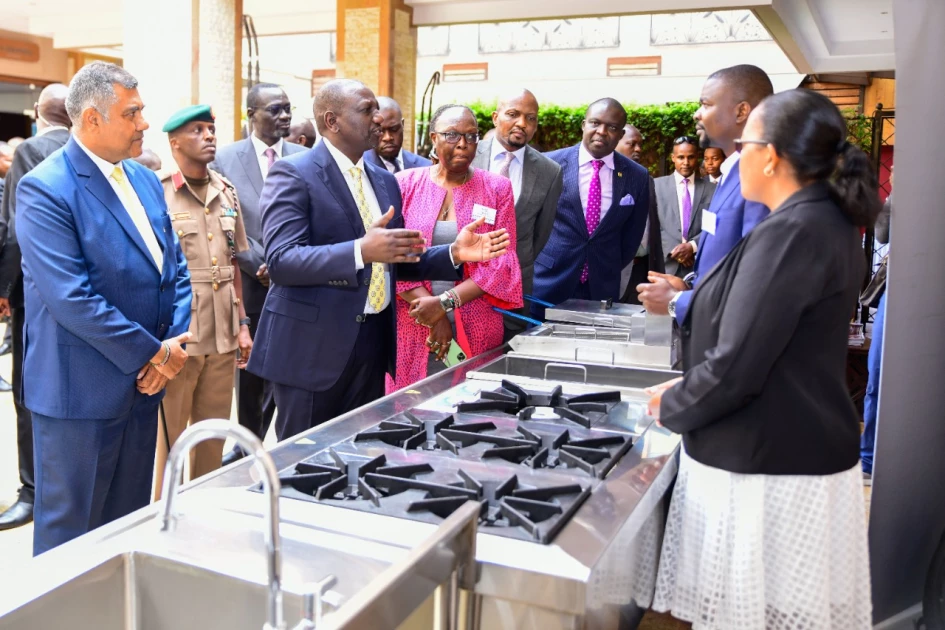The president has set an ambitious manufacturing target against the GDP. The president challenged the manufacturing sector to contribute at-least 20% of the GDP. If the sector realises this target it will contribute around 5.2 trillion shillings up from the 870 billion shillings it contributed in 2021. Economic experts predict that manufacturing plays a very major role in any economy.
According to history books, Industrialisation and manufacturing in general led to the rise of colonisation and the us becoming a super power. While speaking to the manufacturers lobby on Wednesday.
The president indicated that his administration has tipped value addition key sectors. These sectors are such as tea,dairy , skin&hides, This comes at a time when the president is also calling for increased cooperation between the government and the private sector. Cooperation between the two can help the country achieve this ambitious target.
Also Read: To be Listed or not; Battle for major Private companies as NSE Bell rings
This new target is a long way from the ambitious 15 % target set by the jubilee government in 2017.“This administration will work with you, every step of the way until we redeem all of the opportunities that are available for us as a country,” President Ruto said on Wednesday.
“All that stands between us and a 20 per cent contribution from manufacturing . A million jobs is continuous engagement, consultation, working together and realising that nobody has a monopoly of good ideas.”

On their part, manufacturers represented have tipped strategies including building global competitiveness, exports, industrialising agriculture and SME development to deliver the goods.
The Industry Players
The industry players who were represented under the Kenya Association of Manufacturers (KAM) lobby nevertheless sighted a number of setbacks to growth including an unpredictable tax and regulatory environment and bureaucracies represented by multiple layers of licenses.
In addition to contributing to 20 per cent of GDP by 2030, the sector is backing itself to raise the sector’s contribution to tax revenues from the current estimate of 30 per cent.
Also Read:End of the Road for CRB as President Ruto initiates new Measures
“We shall achieve one million extra jobs in the sector. Empirical evidence has shown that for every one manufacturing job, it creates three other jobs in ancillary sectors,” said KAM Chairperson Rajan Shah.